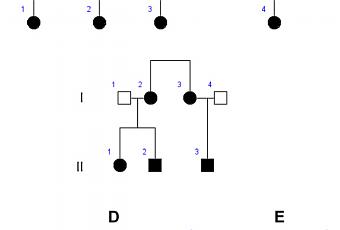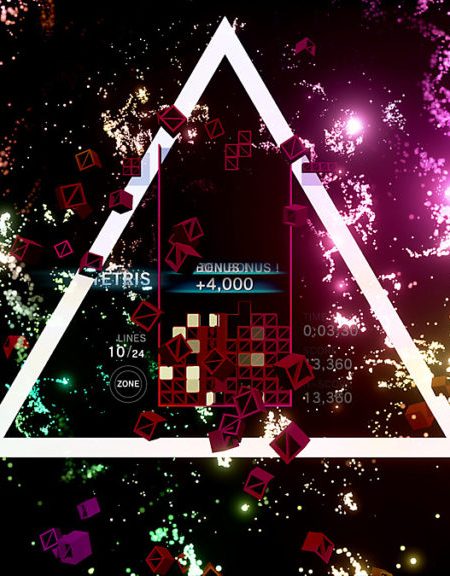

But this red block was nothing like sunshine or lemons. And so was ‘A,’ which looked so much like a triangle, it made sense that they would be the same color. Beautiful, bright yellow like sunshine or lemons. Remember? This one is like a triangle, remember?’ She panicked a little and gave me ‘the look.’ ‘Tell her the letter, Megan, you know it. My sudden loss of confidence was reflected back to me through my mother’s reaction I could feel her confusion mixing with my own. She was expecting a quick answer to fly out of my mouth, but now that I was hesitating she was becoming confused.

And I wasn’t even sure I wanted to go anymore. Maybe I wasn’t ready for kindergarten after all. She wanted me to believe she was kind, but really, she was setting a trap, looking at me eagerly for my answer. Who the heck was this lady? She wasn’t kind like I had thought. The apple on the side was worn a bit, but I understood that she was trying to get me to say ‘A.’ But this was not ‘A.’ I sat in silence, afraid to look at my mom. The block was painted with a bright, primary red. She pulled one aside and asked me which letter it displayed. After asking me to place them in different patterns, one on top of each other, side by side, etc., she lined up a few blocks where I could see the letters painted on them. She lined up some wooden blocks one by one. When the pleasantries were over the lady pulled a few activities out of her Mary Poppins-style bag, which was larger than me. And, I was excited to start kindergarten in the fall. They were chit-chatting about how at age four, I already knew my letters and numbers I could also write my name. “My mother beamed with pride as she talked with the Parents as Teachers volunteer. Louis Children’s Hospital in Missouri, recalled the first time she ever felt these mysterious sensations as a 4-year-old child: Scientific American describes synesthesia as “an anomalous blending of the senses in which the stimulation of one modality simultaneously produces sensation in a different modality.” It reports that “synesthetes hear colors, feel sounds and taste shapes.” It hurt me too, even if I didn’t know what the other person was upset about,” Pohlmann said. “If someone was hurting, I couldn’t let it go. Megan Pohlmann of Hermann, Missouri, says she’s “always been particularly keen when it came to others’ emotions,” but now she has a name for her rare condition: mirror-touch synesthesia. This symposium investigates how mirror-touch synaesthesia can model an empathic way of engaging with artworks.One mom tells Love What Matters she can actually, physically feel when others are in pain. People with mirror-touch feel a physical sense of touch on their own bodies when they witness touch to other people and often to objects. ‘Synaesthesia … has been a source of insight for artists for over a century and this recently discovered manifestation offers powerful new ways of understanding contemporary art experience. Marks discussing mirror-touch synesthesia and its meaning for visual artsįrom February 7 to 9, 2014, a symposium at Tate Modern in London discussed, how ‘mirror-touch’, a recently discovered form of the neurological condition synaesthesia, can help us explore the relationships between art, perception, the social and the visual. Events Symposium on ‘Mirror-touch’ synesthesia at Tate Modern in London by kgĬan sensation be a form of participation?īrian Dillon, Joel Salinas, Patricia Pisters and Laura U.


 0 kommentar(er)
0 kommentar(er)
